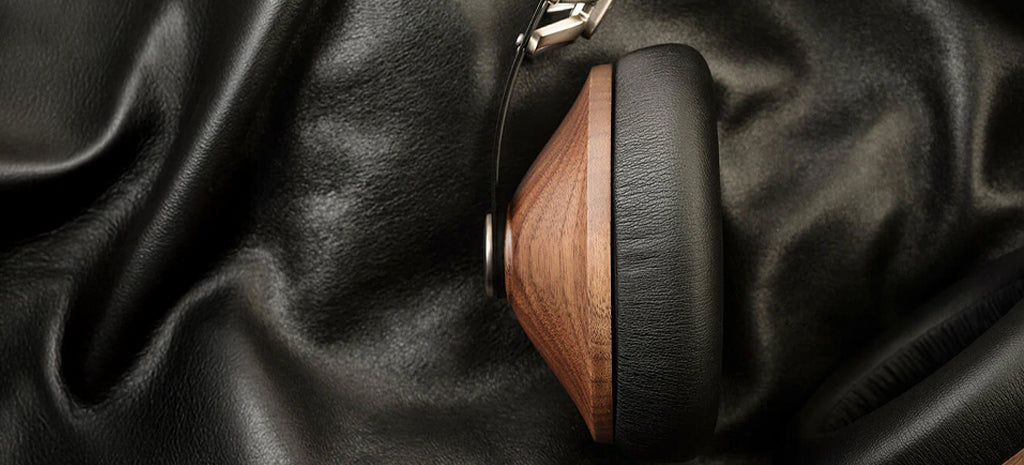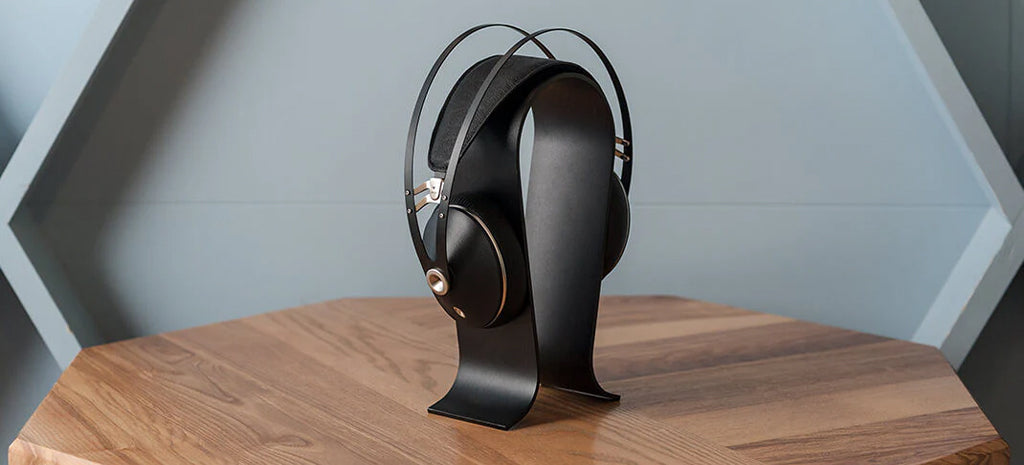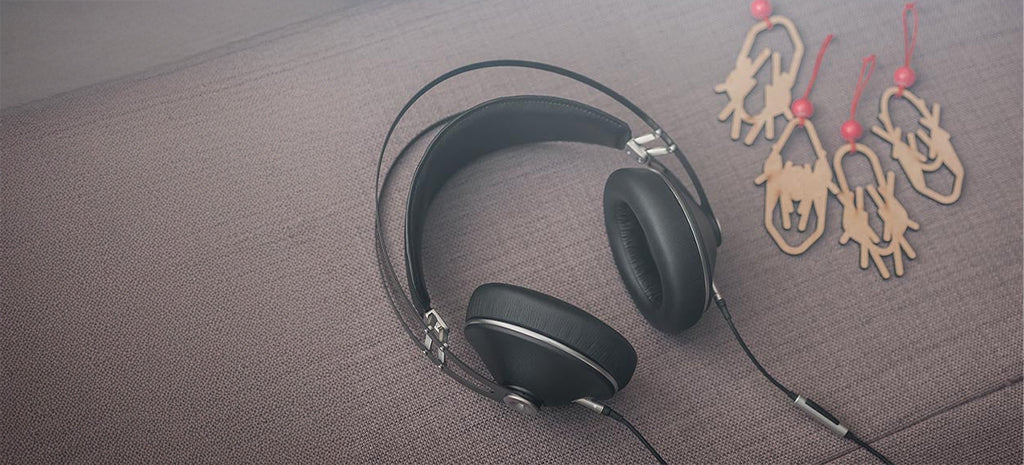We design headphones, we love it, and so we get to think a lot about these rather small objects that change people’s acoustic environments. Here, we’d like to share a bit about the part of the designing process that precedes everything else, the choice of materials.
We kept choosing wood, a difficult and expensive medium; a broad, complex category of materials.
Humanity co-evolved with this material. Our close primate tools are wooden spear-like weapons and ant-foraging kits, which suggests that wooden tools precede the genus homo by millions of years. The earliest stone tools discovered only precede the hominids by half a million years (that makes it about 3.3 million years ago). Of course, when comparing wood to stone, or even bone artifacts, there isn’t much left in terms of historical remains. The oldest of them all, as of today, are the Schöningen Spears. And these are rather recent, at 300.000+ years old. Analogically, language doesn’t leave fossils, but we know that people were using this powerful tool since way before the earliest evidence.
Back to our use of wood here and now, at Meze.
When people ask about the choice, the answer is not quite what they expect. You might have heard the expression “design language” - we take that idiom at face value. Like a careful choice of words to get across an idea, we conceive the materials and fabrication processes as tools to build towards a certain vision. There is nothing inherently preferable about any particular material. It may or may not fit into the whole architecture. Sound and wood are tied for centuries already, but walnut wasn’t our first choice because of its sound qualities. Yes, the material helps a little in getting the desired sound signature, but its effect is rather small at the headphone sizes. Some wood essences are simply beautiful, and your pair of headphones is an object that gets a lot of mileage. So it should feel nice and warm when you pick it up. There is also something unique for every piece of the (small) series product, as the different wood patterns single out every pair.
A wooden pair doesn’t just look and feel right, but it ages right. Well, not at time spans of fossils, but in our lifespans. And this is important for us, as we avoid building consumables. We try to anticipate the whole lifespan of products. The aim is to be beyond the usual “upgrade cycle”.
The goal is for a pair to raise your quality of life - just a little bit - every time you use it, see it, touch it.




